Home>Garden Essentials>How Many Ears Of Corn Grow On One Stalk From Heirloom Seeds
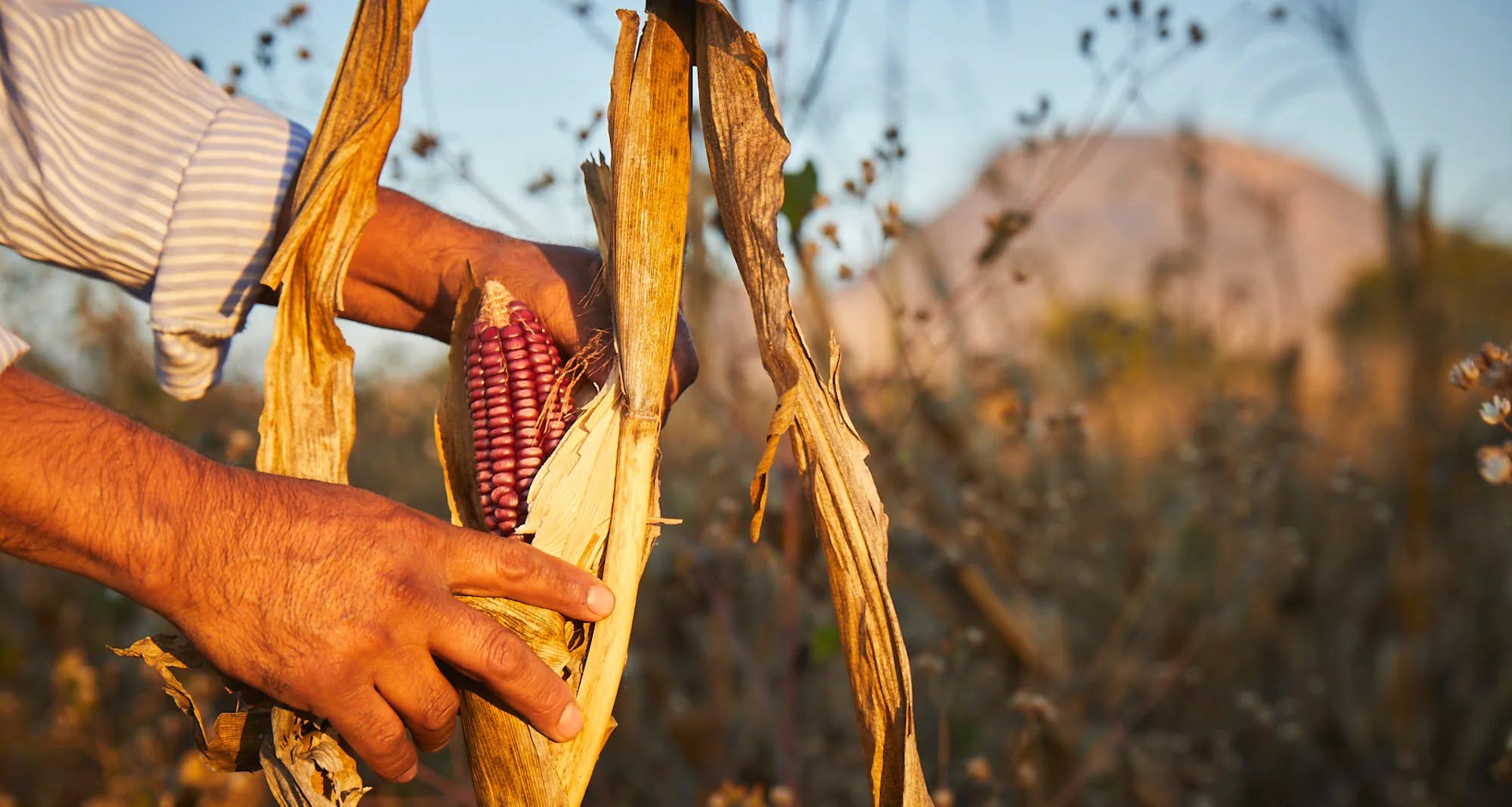

Garden Essentials
How Many Ears Of Corn Grow On One Stalk From Heirloom Seeds
Modified: March 15, 2024
Discover the answer to how many ears of corn grow on one stalk from heirloom seeds in your garden. Maximize your harvest with this useful gardening tip.
(Many of the links in this article redirect to a specific reviewed product. Your purchase of these products through affiliate links helps to generate commission for Storables.com, at no extra cost. Learn more)
Introduction
Welcome to the fascinating world of heirloom seeds and the wonders they can produce in your garden! If you’re a passionate gardener or someone who appreciates the unique characteristics and flavors of traditional crops, then heirloom seeds are a must-try. In this article, we’ll be exploring the growth and development of corn stalks from heirloom seeds and figuring out just how many ears of corn can grow on a single stalk.
Heirloom seeds are seeds that have been passed down from generation to generation, carefully saved and preserved for their specific qualities. They are open-pollinated, meaning they can be pollinated by insects, wind, or other natural means. Unlike hybrid seeds, which are crossbred to create specific traits, heirloom seeds retain the genetic diversity that has been naturally selected over time.
Corn, also known as maize, is one of the most iconic crops that can be grown from heirloom seeds. It has a rich history and cultural significance, serving as a staple food for many civilizations throughout the centuries. Corn belongs to the grass family, and each corn plant begins its life as a single stalk.
Understanding the growth and development of corn stalks is vital in determining how many ears of corn can grow on a single plant. From the germination of a tiny seed to the emergence of tall, green stalks with tassels and silks, corn growth is a marvel to behold.
Several factors influence the number of ears that can grow on a corn stalk, including the variety of heirloom corn, environmental conditions, spacing, and cultural practices. By exploring these factors, we can gain valuable insights into maximizing the ear production from heirloom corn.
So, whether you’re a seasoned gardener or just starting your journey with heirloom seeds, join us as we unravel the mysteries of corn stalks and discover the incredible potential hiding within these humble plants.
Key Takeaways:
- Heirloom corn varieties offer diverse flavors and colors, with potential for multiple ears per stalk. Cultivating these unique crops connects us to our agricultural heritage and supports biodiversity.
- Maximizing ear production from heirloom corn involves proper soil preparation, spacing, and pollination enhancement. Harvest and store the flavorful corn to enjoy its rich flavors for months to come.
Read more: How Many Beets Grow From One Seed
What are heirloom seeds?
Heirloom seeds are a living repository of our agricultural heritage. They are the seeds of plants that have been cultivated for generations, carefully handed down from one gardener to the next. These seeds carry with them a rich history and a diverse genetic makeup that has been preserved over time.
Unlike hybrid or genetically modified seeds, which are often created for commercial purposes and have a limited genetic diversity, heirloom seeds are open-pollinated. This means that they can be pollinated by insects, wind, or other natural means, allowing for the exchange of genetic material and the maintenance of a diverse gene pool.
What distinguishes heirloom seeds is their age, having been passed down for at least 50 years. Some heirloom varieties can trace their lineage back hundreds of years, with documented histories and connections to specific regions or communities. These seeds have adapted to specific microclimates and growing conditions, making them well-suited for localized cultivation.
Heirloom seeds come in a wide variety of plant species, including vegetables, flowers, and herbs. Each type of heirloom seed has its own unique story to tell and its own set of characteristics. For example, there are heirloom tomato varieties renowned for their exceptional flavor, heirloom flowers cherished for their vibrant colors, and heirloom herbs treasured for their potent aromas.
One of the most well-known and beloved heirloom crops is corn. There are countless heirloom corn varieties that have been preserved by generations of farmers and gardeners. These heirloom corn varieties often feature different sizes, colors, and flavors, each with its own cultural significance and culinary uses.
By cultivating heirloom seeds, gardeners and farmers not only preserve the genetic diversity of our plants but also contribute to the protection of our food heritage. These seeds have unique characteristics that have been naturally selected over time, making them valuable resources for breeding programs, seed banks, and future generations.
When selecting heirloom seeds for your garden, you have the opportunity to connect with the stories and traditions that surround these remarkable plants. You become part of a community of gardeners and farmers who are passionate about preserving our agricultural heritage and ensuring a sustainable future for our food systems.
So, if you’re ready to embark on a journey of discovery and taste the flavors of the past, consider planting heirloom seeds in your garden. You’ll be carrying on a legacy and nurturing the biodiversity of our planet, one seed at a time.
The growth and development of corn stalks
Have you ever watched a cornfield grow from tiny seedlings to towering stalks, with their golden tassels swaying in the breeze? The growth and development of corn stalks is a remarkable process that showcases the resilience and adaptability of this incredible crop.
It all begins with the planting of corn seeds. These seeds are typically sown directly in the ground, either in rows or in clusters, depending on the specific cultivation method. With the right conditions of soil temperature and moisture, the seeds germinate, sending roots deep into the ground and shoots towards the surface.
As the corn plants emerge from the soil, they develop their first set of leaves, known as the seed leaves or cotyledons. These leaves provide energy and nutrients to fuel the early growth of the plant. Over time, additional leaves begin to sprout from the growing point at the center of the plant.
With each passing day, the corn plant continues to grow taller, reaching for the sun. The stem thickens and strengthens, providing support for the developing ears of corn. As the plant matures, it begins to produce tassels at the top. The tassels contain the male flowers of the corn plant, which release pollen into the air.
Beneath the tassels, on the lower part of the plant, you’ll find the silk. The silk is the female part of the corn plant, and it plays a crucial role in the pollination process. Each strand of silk corresponds to a potential kernel of corn. When the pollen from the tassels lands on the silk, it travels down the silk to fertilize the ovule, where the kernel will develop.
From here, the corn plant redirects its energy towards the growth and development of the ears. Each ear of corn develops within a protective husk. The development of the ear is a complex process that involves cell division and enlargement. The kernels begin as tiny ovules and continue to grow and fill out as the plant provides nutrients to support their development.
As the corn kernels mature, the husks dry out and turn brown, indicating that the ears are ready for harvest. At this stage, the plant has completed its life cycle, and the corn is ready to be enjoyed in all its glory.
The growth and development of corn stalks are influenced by several factors, including genetics, environmental conditions, and cultural practices. Providing the optimum balance of nutrients, water, and sunlight is essential for promoting healthy growth and maximizing the potential yield of ears per stalk.
Understanding the growth and development of corn stalks allows us to appreciate the incredible transformation that takes place and the effort required to produce this staple crop. So, the next time you see a field of corn, take a moment to marvel at the journey it has undertaken, from tiny seeds to impressive stalks bearing ears of golden goodness.
Factors influencing the number of ears per stalk
The number of ears per stalk in corn plants can vary significantly based on various factors. Understanding these factors will help gardeners and farmers optimize their cultivation practices to achieve maximum ear production. Here are some key factors that influence the number of ears per stalk:
- Variety of corn: Different corn varieties have varying tendencies to develop multiple ears per stalk. Some heirloom varieties are known to produce more ears compared to modern hybrid varieties that are bred for specific traits like uniformity or disease resistance. When selecting corn seeds, consider the characteristics of the variety and its potential for multiple ear production.
- Plant population and spacing: The density at which corn plants are grown can affect the number of ears per stalk. Crowded plants may compete for resources like sunlight, nutrients, and water, resulting in fewer ears per stalk. Conversely, plants spaced too far apart may have excessive vegetative growth and fewer opportunities for ear development. Finding the right balance in plant population and spacing is essential for optimal ear production.
- Nutrient availability: Corn plants require proper nutrition to support healthy growth and ear development. Adequate levels of essential nutrients like nitrogen, phosphorus, and potassium, as well as micronutrients, play crucial roles in determining the number of ears per stalk. Soil testing and appropriate fertilization practices can help ensure that corn plants have access to the nutrients they need for optimal ear production.
- Water and irrigation: Sufficient water availability is critical for corn plants, especially during crucial growth stages, such as tasseling and silk emergence. Inadequate water supply can lead to poor pollination and reduced ear development. Irrigation practices should aim to provide consistent soil moisture, avoiding both waterlogged and drought-stressed conditions.
- Light and temperature: Corn plants are highly dependent on sunlight for their energy needs. Adequate sunlight exposure allows for efficient photosynthesis, which fuels growth and ear development. Additionally, temperature extremes can negatively impact pollination and ear set. Providing a suitable growing environment with optimal light and temperature conditions can enhance the number of ears per stalk.
- Pest and disease management: Corn pests and diseases can significantly impact ear development. Insect pests like corn borers, earworms, and aphids can damage or destroy developing ears. Fungal diseases, such as rust or smut, can also affect ear production. Implementing effective pest and disease management strategies, including regular scouting, appropriate insecticides or fungicides, and crop rotation, can help protect the ears and promote higher yields.
- Pollination: Successful pollination is crucial for ear development. Corn is primarily wind-pollinated, and factors like wind direction, pollen viability, and the presence of pollinators can influence pollination efficiency. To promote adequate pollination, it is essential to have a healthy population of pollinators like bees and provide a planting layout that facilitates pollen transfer between plants.
By considering these factors and implementing appropriate cultivation practices, gardeners and farmers can increase the likelihood of multiple ears per stalk in their corn crops. However, it’s important to note that even with optimal practices, there will be natural variations in ear production due to genetic factors and environmental conditions. Observing and learning from each growing season will help refine strategies and create a better understanding of how to maximize the number of ears per stalk in future plantings.
To maximize the number of ears of corn on one stalk from heirloom seeds, make sure to plant the seeds in well-drained soil, provide adequate sunlight, and space the plants about 9-12 inches apart to allow for proper growth and development.
Varieties of heirloom corn and their ear production
Heirloom corn varieties offer a wide array of choices for gardeners and farmers who wish to cultivate these fascinating crops. Each variety carries its own unique characteristics, including differences in ear production. Let’s explore some popular heirloom corn varieties and their potential for ear production:
- Glass Gem Corn: Glass Gem Corn is known for its stunningly vibrant and translucent multi-colored kernels. While its ear production may vary depending on growing conditions, this variety has the potential to produce multiple ears per stalk. The ears are typically medium-sized with a beautiful array of colors that resemble glistening gemstones.
- Painted Mountain Corn: Painted Mountain Corn is a hardy heirloom variety originally cultivated by Native American tribes. This variety is adapted to harsh climates and high-altitude regions. Painted Mountain corn plants tend to have multiple ears per stalk, making it an excellent choice for those seeking high ear production in challenging growing conditions.
- Hopi Blue Corn: Hopi Blue Corn is an ancient variety traditionally grown by the Hopi people of the Southwest United States. It is prized not only for its deep blue kernels but also for its ability to produce multiple ears per stalk. This variety has been cultivated for generations, with a long history of sustained ear production.
- Bloody Butcher Corn: Bloody Butcher Corn is a striking heirloom variety with dark red kernels. This variety is renowned for its multiple ear production. It produces medium-sized ears that are rich in flavor and often used in making cornmeal and flour. Bloody Butcher Corn is a favored choice for both aesthetic appeal and culinary uses.
- Golden Bantam Corn: Golden Bantam Corn is a classic heirloom variety that dates back to the early 1900s. It is known for its deliciously sweet and flavorful yellow kernels. While it typically produces a single ear per stalk, its high yield potential and exceptional taste make it a popular choice among gardeners.
- Country Gentleman Corn: Country Gentleman Corn, also known as Shoepeg Corn, is an heirloom variety valued for its unique kernels, which are arranged in a tightly spaced, zigzag pattern. This variety has the potential to produce multiple ears per stalk. The ears are typically smaller in size but are exceptionally tender and sweet.
It’s important to note that the ear production of heirloom corn varieties can still be influenced by factors such as growing conditions, nutrient availability, and cultural practices. Providing optimal care, such as proper spacing, adequate nutrition, and consistent moisture, can help maximize the potential ear production of these varieties.
Experimenting with different heirloom corn varieties will allow you to explore and appreciate the diverse range of flavors, colors, and ear production capabilities that exist within this remarkable crop. Whether you’re seeking vibrant and ornamental corn or varieties for culinary uses, heirloom corn offers a delightful cornucopia of choices for every gardener and farmer.
Read more: How Many Pumpkins Can Grow From One Seed
Techniques to maximize ear production from heirloom corn
Maximizing ear production from heirloom corn requires careful planning, cultivation techniques, and attention to the specific needs of these unique varieties. By implementing the following techniques, you can increase the likelihood of a bountiful harvest:
- Proper soil preparation: Prepare the soil by ensuring it is well-drained, fertile, and rich in organic matter. Heirloom corn varieties thrive in loamy soil with good moisture retention capacity.
- Optimal planting and spacing: Follow the recommended planting guidelines for your chosen variety. Provide adequate spacing between plants, allowing each plant enough room to grow and develop fully. Overcrowding can lead to reduced ear production.
- Fertilization: Conduct a soil test to determine the nutrient requirements of your corn crop. Apply organic or balanced fertilizers based on the results. Pay particular attention to providing sufficient nitrogen, phosphorus, and potassium, as these nutrients are vital for ear development.
- Water management: Monitor soil moisture levels and ensure plants receive consistent watering throughout the growing season. Irrigate deeply, especially during critical stages such as tasseling and silk emergence, to promote proper pollination and maximize ear set.
- Weed control: Keep the planting area free from weeds that compete with corn plants for nutrients, water, and sunlight. Mulching can help suppress weed growth and conserve soil moisture.
- Support for stalks: Heirloom corn varieties may benefit from staking or providing support for taller plants to prevent lodging (bending or breaking of stalks). This ensures that the plants can fully support the developing ears.
- Pollination enhancement: Promote efficient pollination by providing a diverse range of flowering plants that attract pollinators. Avoid planting corn in isolated areas, as the proximity of other corn plants aids in pollen transfer and increases the chances of successful pollination.
- Pest and disease management: Regularly monitor for pests and diseases that can hinder ear production. Implement integrated pest management strategies, including cultural practices, biological controls, and judicious use of organic insecticides or fungicides, to protect the plants from damage.
- Harvest at the right time: Monitor the maturity of your corn crop and harvest at the optimal stage when the ears are fully mature, yet still tender and flavorful. Waiting too long can result in decreased ear quality and kernel development.
- Seed-saving: Consider saving seed from your best-performing heirloom corn plants. By selecting and saving seeds from plants that consistently produce multiple ears, you can gradually improve the ear production potential of your corn crop over time.
Remember that heirloom corn varieties possess unique characteristics and growing requirements. It is essential to understand the specific needs of the variety you are cultivating to optimize ear production. By employing these techniques and adapting them to your specific growing conditions, you can maximize the yield and enjoy a plentiful harvest of flavorful, heritage corn ears.
Harvesting and storing corn from heirloom seeds
Harvesting corn from your heirloom seeds is an exciting time that marks the culmination of your hard work and patience. Proper harvesting and storage techniques are essential to ensure that you enjoy the full flavor and freshness of your heirloom corn for months to come. Here are some guidelines to follow:
- Harvest timing: It is crucial to harvest corn at the right stage of maturity. Wait until the corn reaches its peak ripeness, indicated by the husks turning brown and the kernels reaching their full size. Gently press a few kernels with your thumbnail – if they release a milky liquid, it’s a sign that the corn is ready for harvest.
- Harvest method: To harvest corn, hold the stalk firmly near the base and pull the ear downwards with a twisting motion. Alternatively, use a sharp knife or pruning shears to cut the ear off the stalk. Be careful not to damage the ear or surrounding plant parts during harvest.
- Husk removal: Immediately after harvesting, remove the husks from the ears. Start at the pointed end and peel the husks downward, removing any silk still attached to the corn. Avoid pulling the husks back too forcefully, as this can damage the kernels.
- Cleaning: Thoroughly clean the ears of corn by removing any remaining silk or debris. Use a soft brush or cloth to gently brush away any dirt or insects present on the ears.
- Preventing moisture loss: Corn begins to lose moisture rapidly once it’s harvested, which can result in shriveled kernels and diminished flavor. To prevent moisture loss, it is best to consume or process your corn as soon as possible after harvest. If storing the ears, keep them in a cool, humid place or place them in a plastic bag sealed loosely to retain some moisture.
- Drying methods: If you plan to store corn for an extended period, consider drying the kernels thoroughly to reduce moisture content. This can be done by hanging the ears in a well-ventilated area, such as a shed or garage, in a single layer. Ensure good airflow around the ears to prevent mold or rot. It may take several weeks for the corn to dry completely.
- Storage containers: Once the corn is fully dried, remove the kernels from the cobs and transfer them to airtight containers such as glass jars or food-grade plastic bags. Ensure that the containers are clean, dry, and free from any moisture to prevent mold or insect infestation.
- Storage conditions: Store the containers of dried corn in a cool, dark, and dry location, such as a pantry or cellar, where the temperature is consistent. Proper storage conditions help maintain the flavor, quality, and longevity of the corn. Check the corn periodically for any signs of moisture or pests, discarding any compromised kernels.
When stored under optimal conditions, properly dried heirloom corn can maintain its quality for up to a year or longer. However, it is advisable to consume the corn within several months to enjoy the best flavor and texture.
Remember, each heirloom corn variety may have its unique considerations when it comes to harvesting and storing. Consult variety-specific resources or experienced growers for any specific tips or recommendations. By following these guidelines, you can savor the flavors of your heirloom corn long after the harvest season has passed.
Conclusion
Cultivating and harvesting heirloom corn from your own garden is a rewarding experience that connects us to our agricultural heritage and the rich flavors of the past. From the germination of tiny seeds to the towering stalks bearing ears of vibrant kernels, heirloom corn offers a glimpse into the marvels of nature’s diversity.
Throughout this article, we’ve explored the growth and development of corn stalks, the factors influencing the number of ears per stalk, and techniques to maximize ear production. We’ve also delved into the varieties of heirloom corn and their unique characteristics, as well as the proper methods for harvesting and storing this precious crop.
Heirloom seeds hold immense value, preserving genetic diversity, cultural heritage, and the flavors of bygone eras. By cultivating heirloom corn, we contribute to the conservation of our agricultural traditions and support sustainable food systems.
Whether you choose varieties like Glass Gem, Hopi Blue, or Bloody Butcher, each heirloom corn variety offers its own story and distinct ear production potential. By understanding the specific needs of these varieties, implementing proper cultivation techniques, and nurturing the plants through their growth, you can optimize your ear production and enjoy the abundance of flavorful, homegrown corn.
Remember, heirloom corn plants thrive in well-prepared soil, with appropriate water and nutrient management to support their growth. Promoting efficient pollination through companion planting and creating a hospitable environment for beneficial insects can further increase ear production. Harvesting at the right time and following proper storage techniques ensure that the flavors of your heirloom corn will be preserved and savored for months to come.
So, whether you’re a seasoned gardener or just starting your journey into the world of heirloom seeds, embrace the beauty and diversity of heirloom corn. Connect with the stories and traditions that these remarkable plants carry with them, and take pride in nurturing their growth and savoring the flavors they provide.
As we continue to explore and celebrate heirloom seeds, we not only cultivate a deeper connection to our shared agricultural heritage but also contribute to the preservation of our planet’s biodiversity. So, grab your gardening tools, plant those heirloom corn seeds, and embark on a delightful journey into the world of heirloom corn!
Frequently Asked Questions about How Many Ears Of Corn Grow On One Stalk From Heirloom Seeds
Was this page helpful?
At Storables.com, we guarantee accurate and reliable information. Our content, validated by Expert Board Contributors, is crafted following stringent Editorial Policies. We're committed to providing you with well-researched, expert-backed insights for all your informational needs.
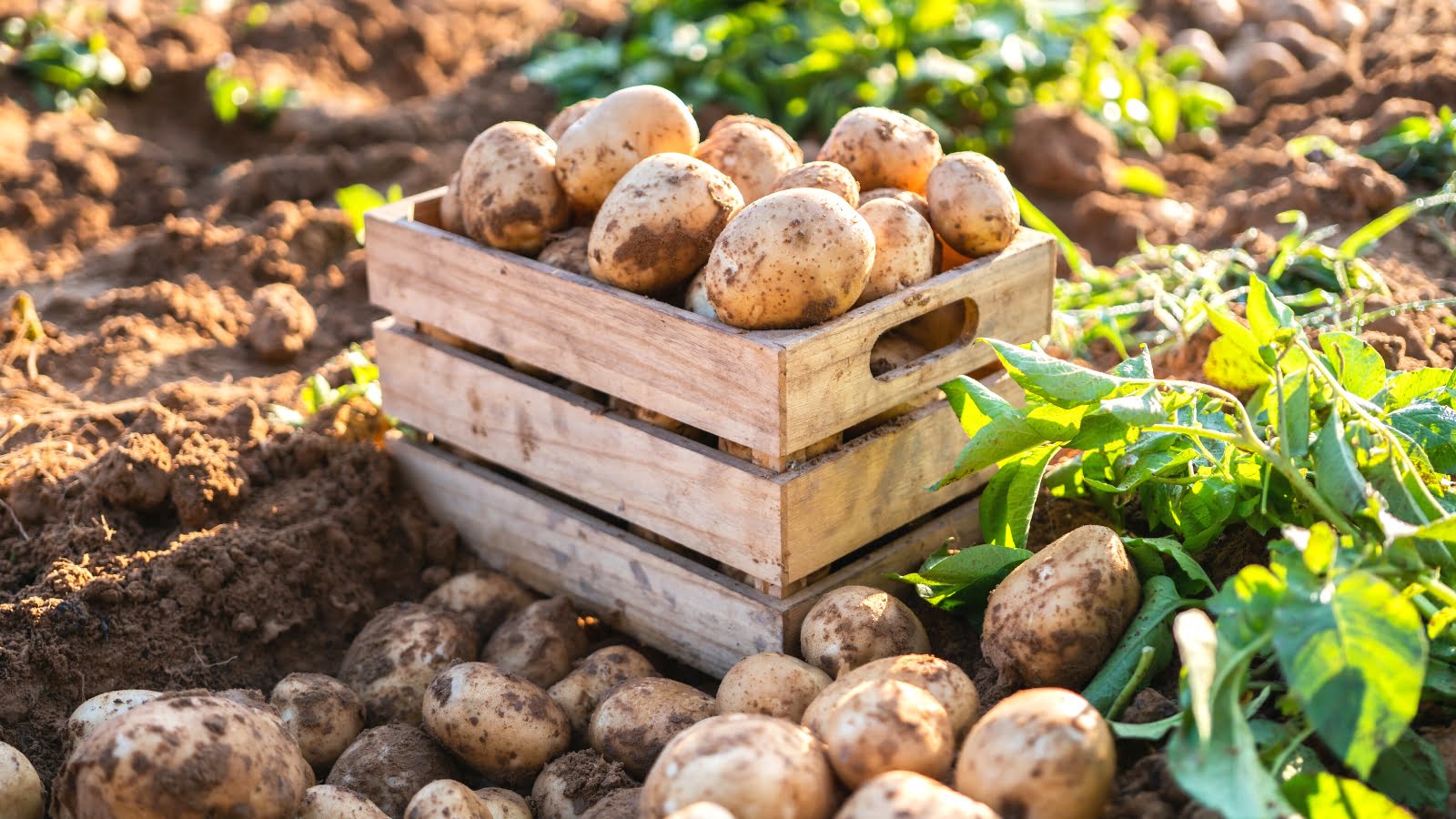
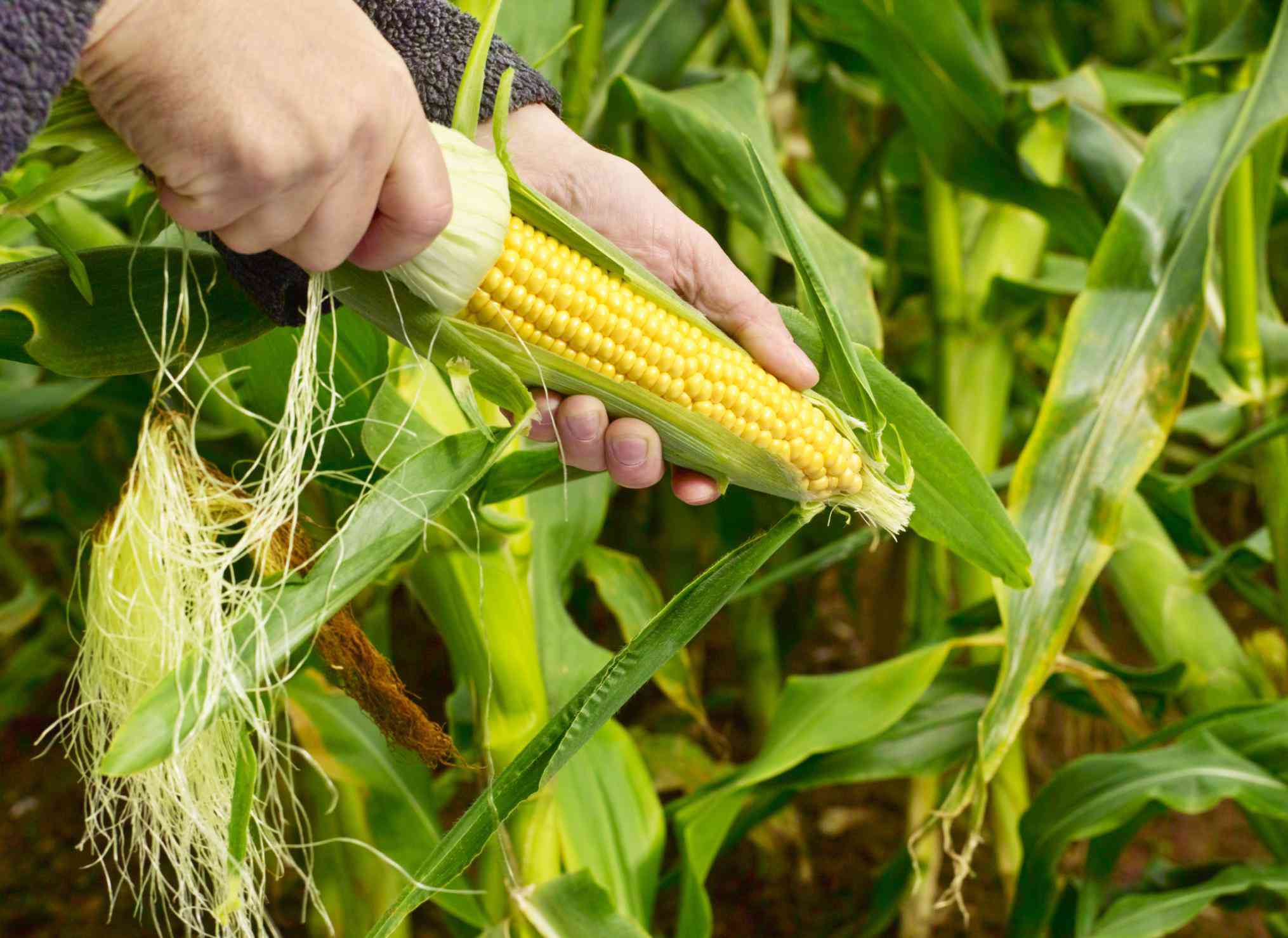
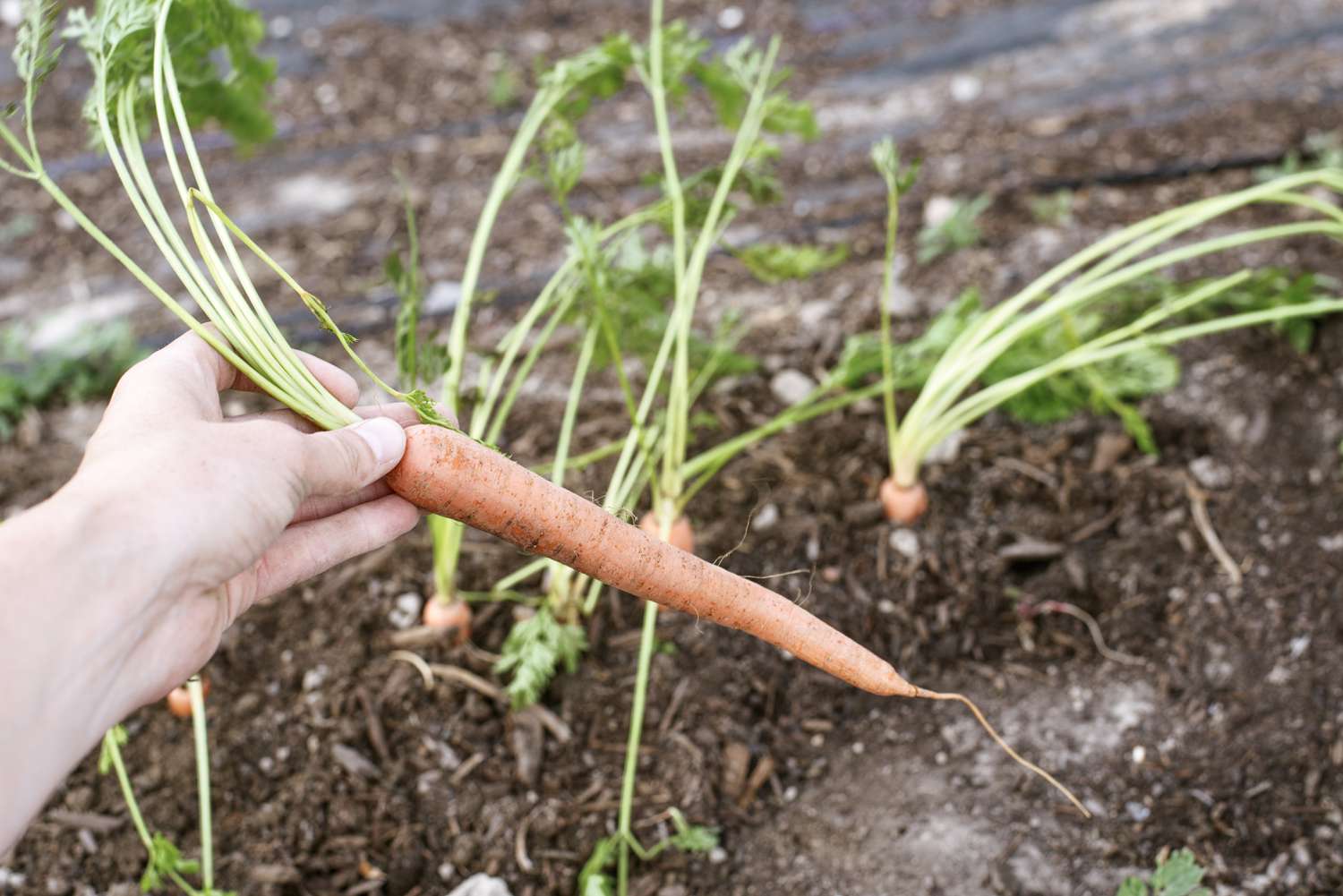
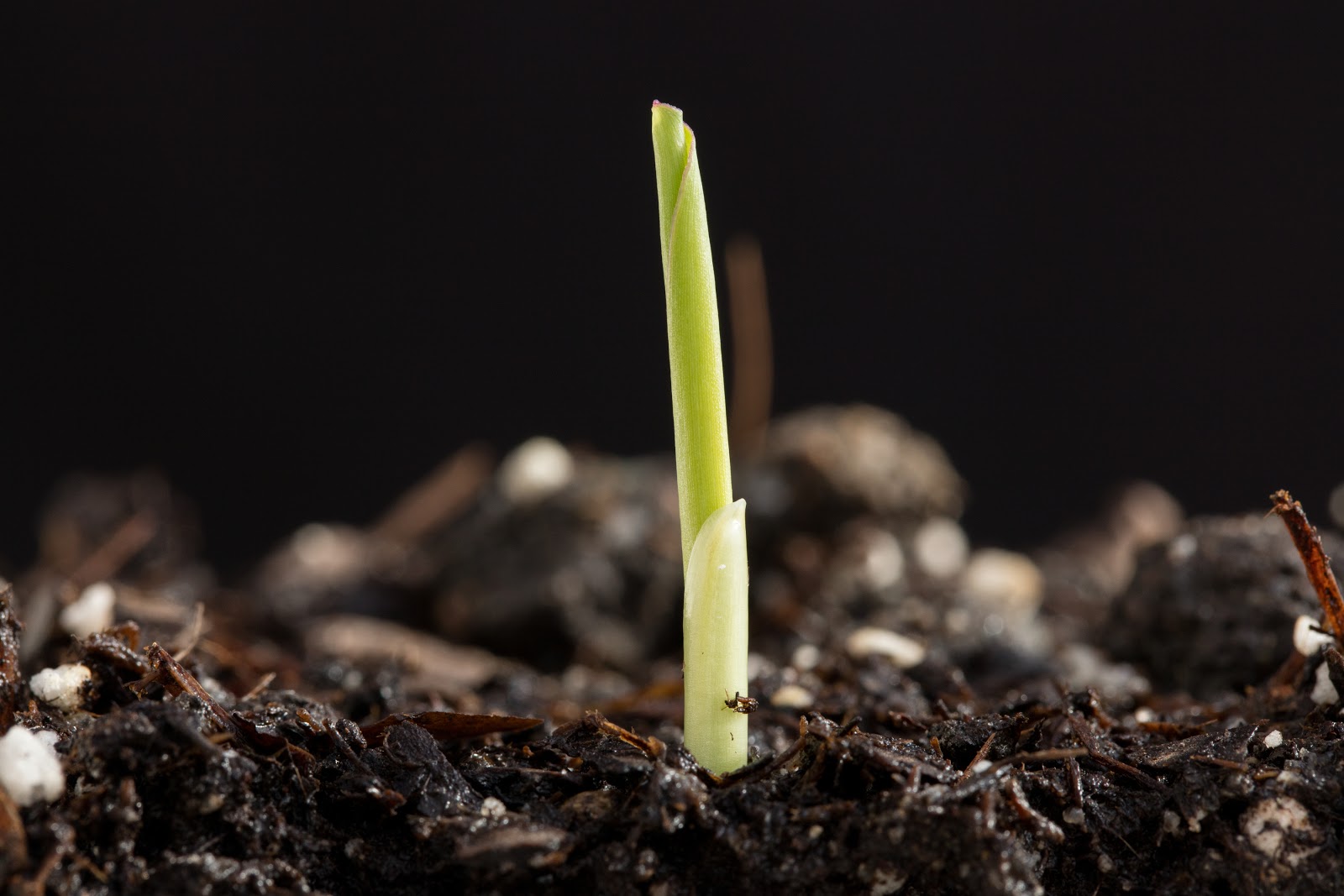
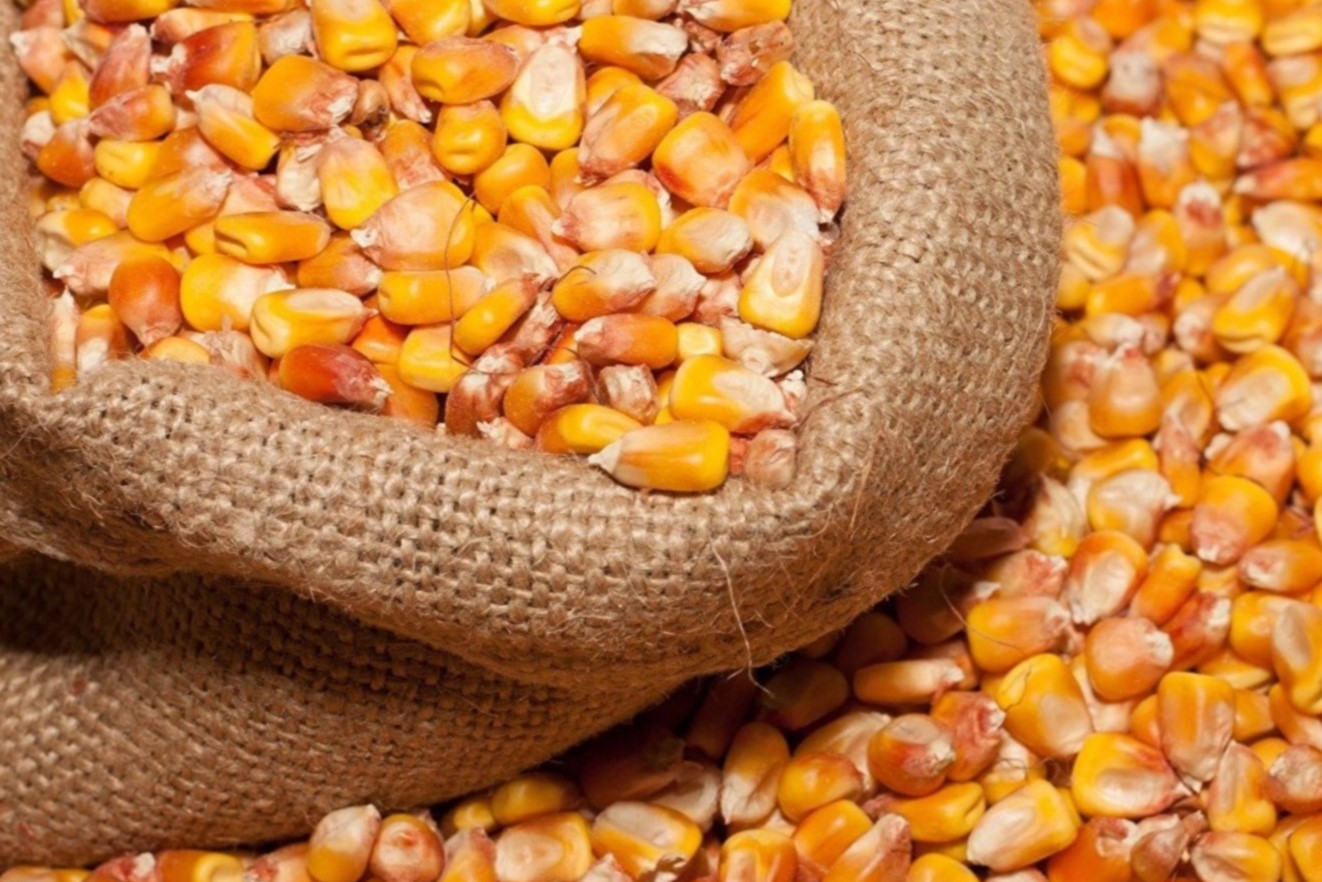
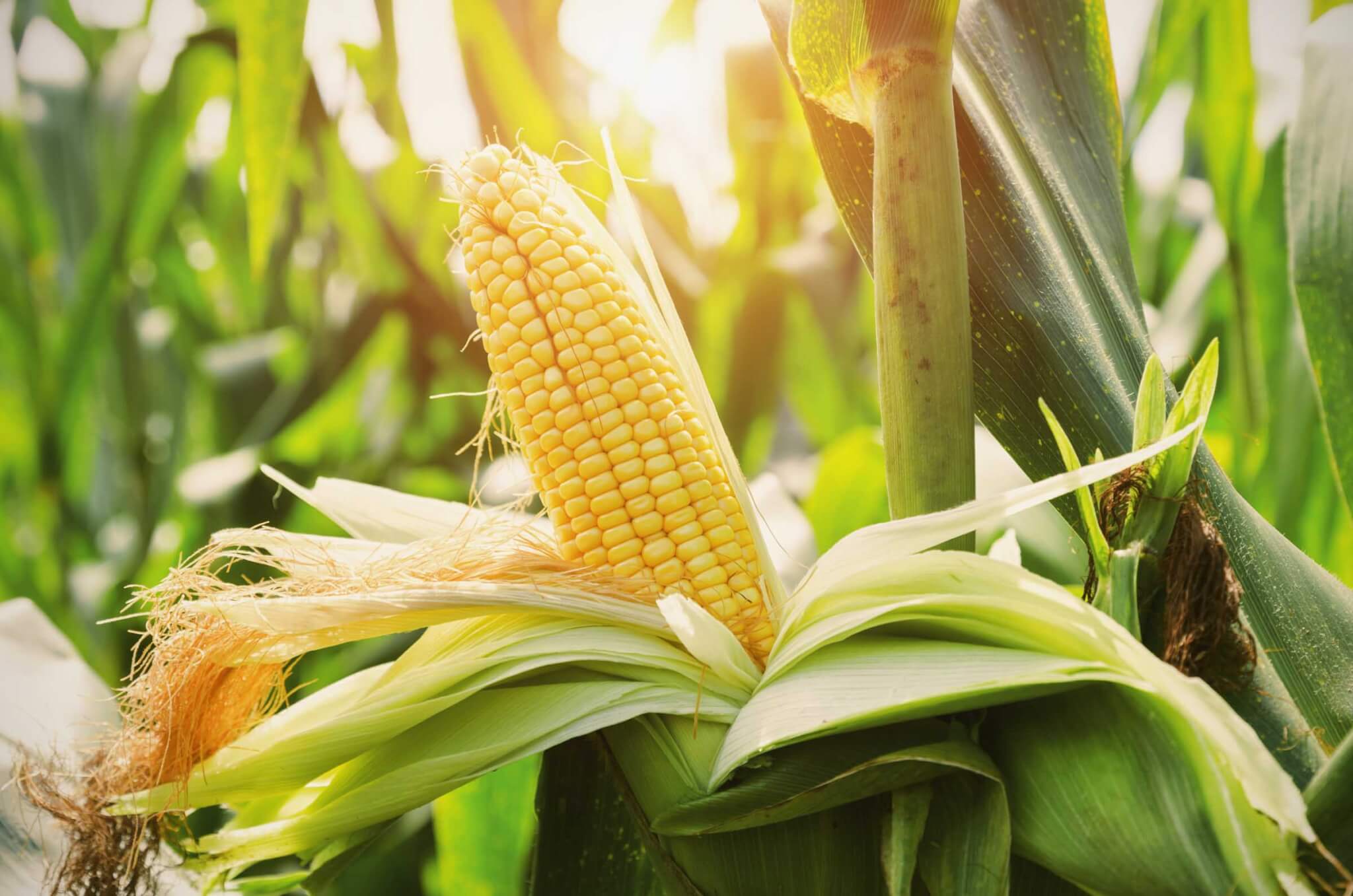
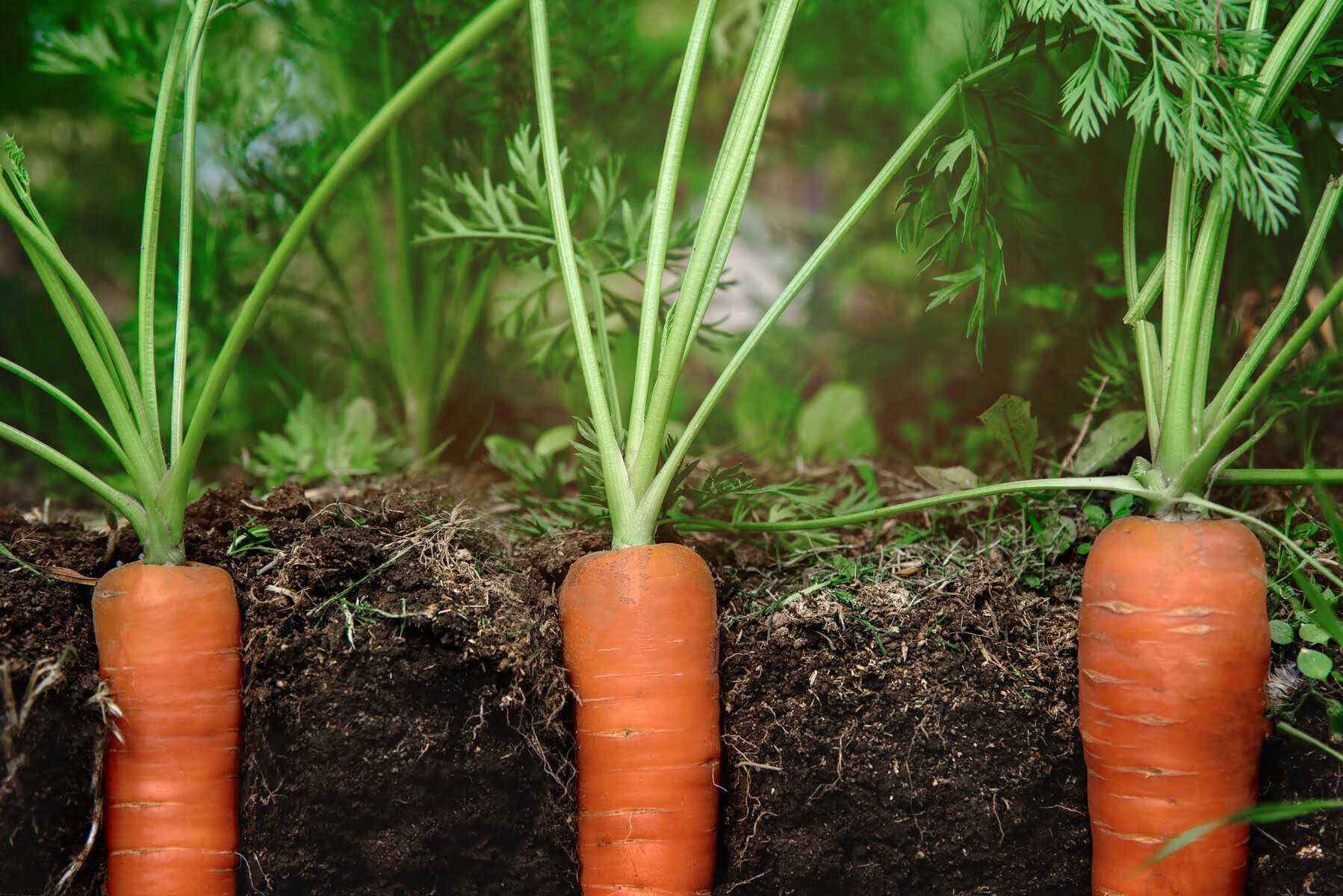
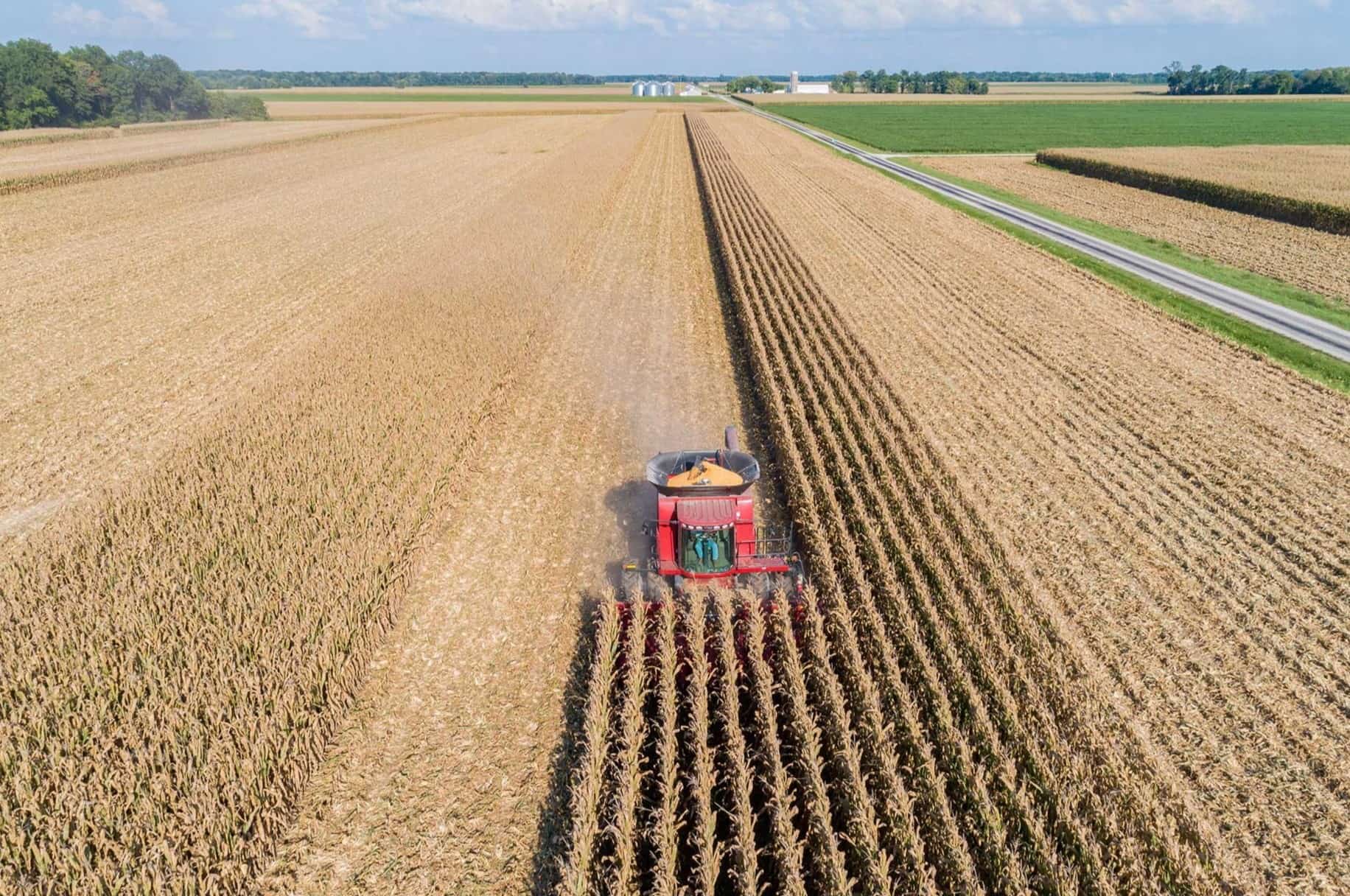
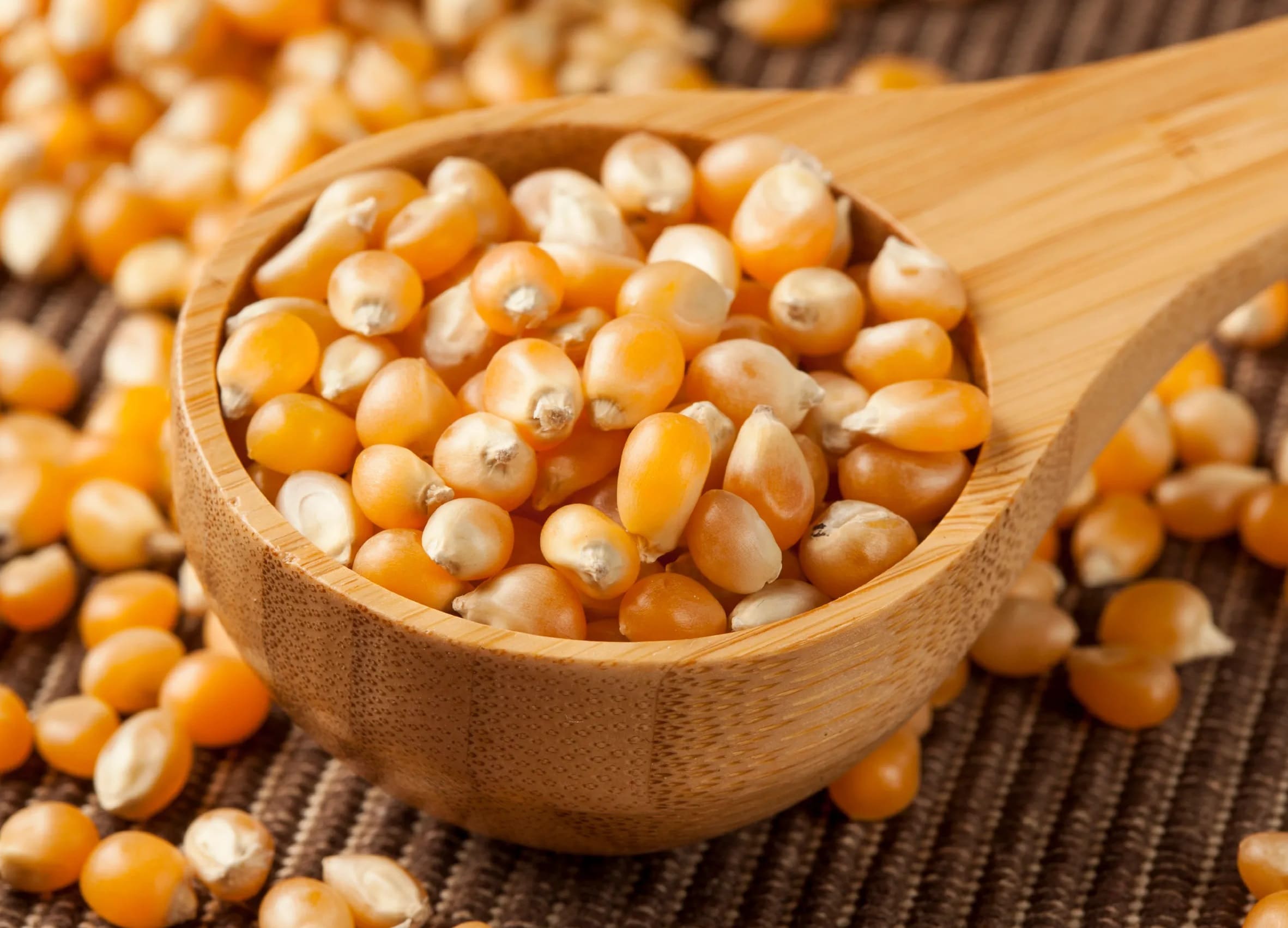
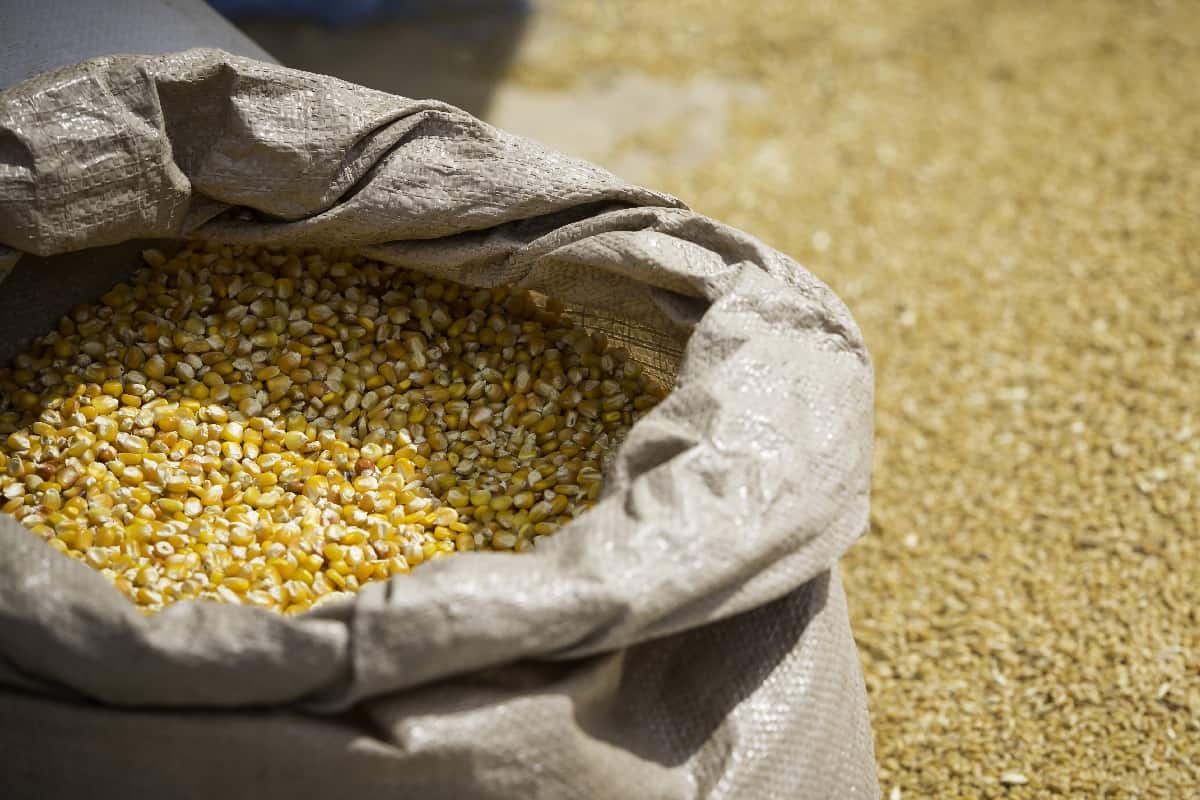
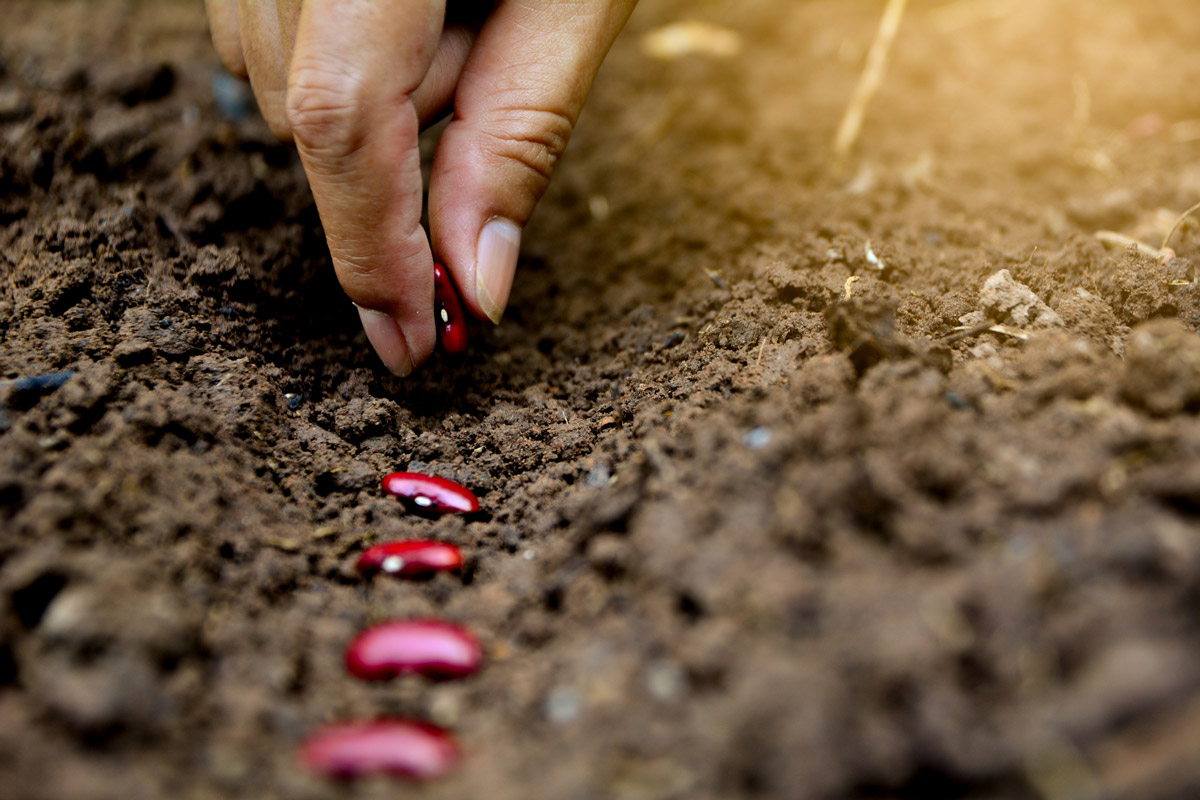
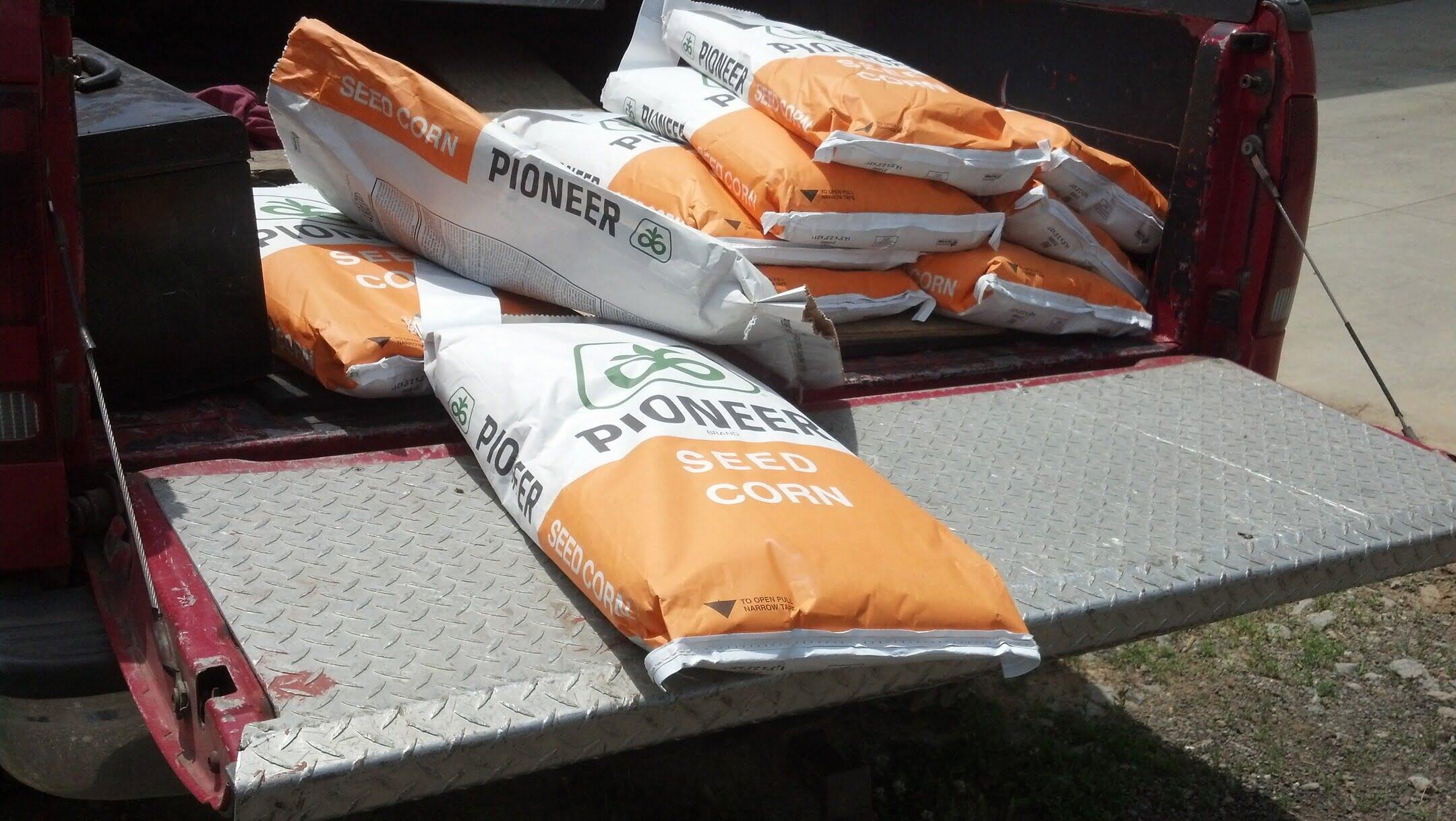
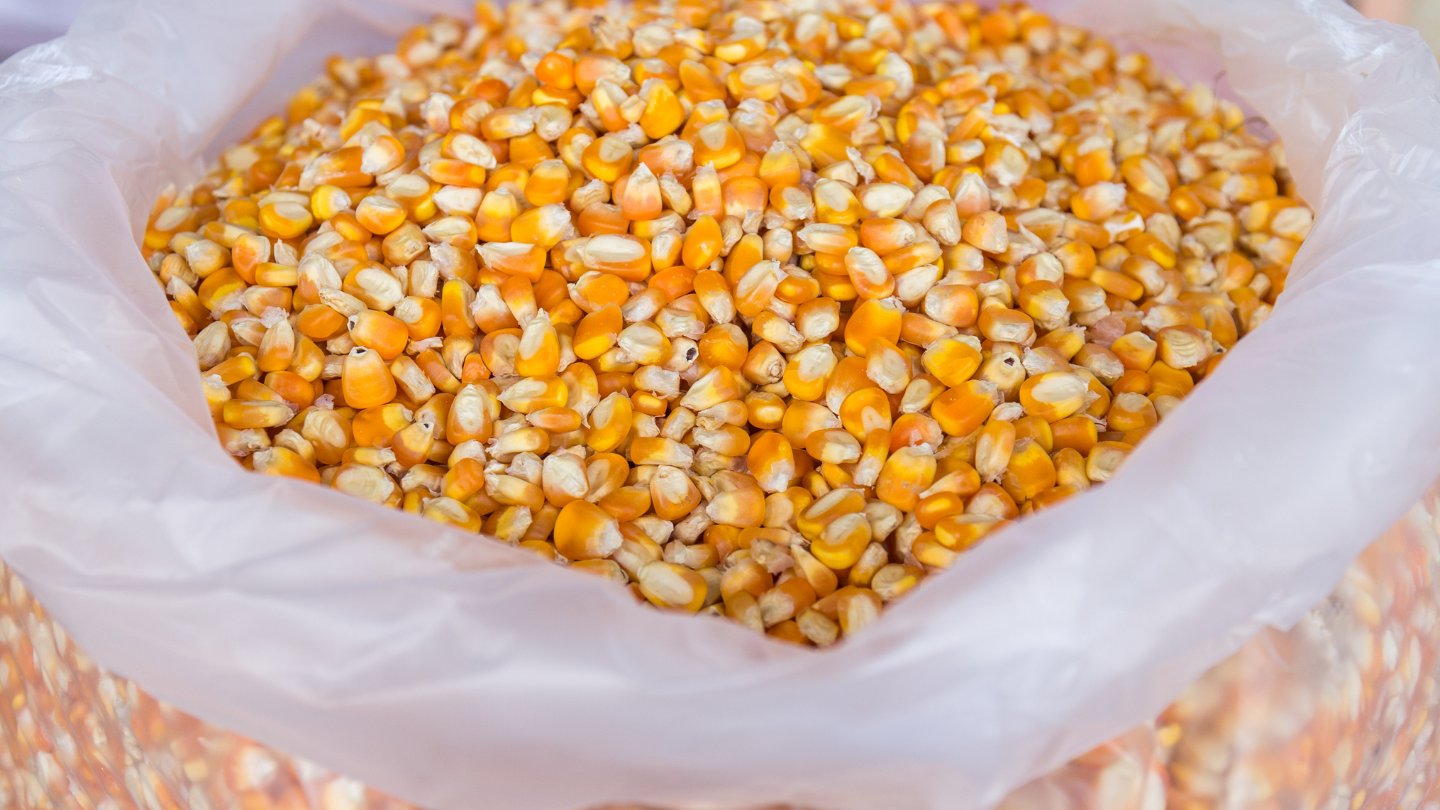


0 thoughts on “How Many Ears Of Corn Grow On One Stalk From Heirloom Seeds”